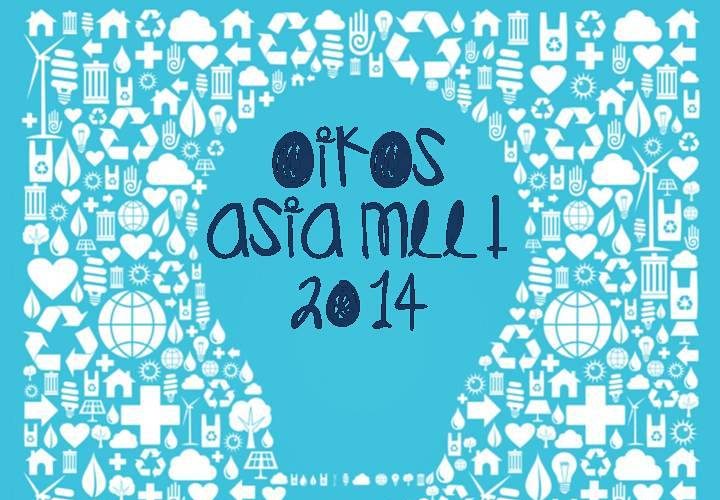Abstract Established in 2001 by Chandra Shekhar Ghosh to address the dual objective of poverty alleviation and empowerment of women, Bandhan was the largest microfinance institution (MFI) in...
Abstract The case study is based on a dilemma faced by IFC, one of the financing arms of the World Bank Group, on whether it should release its next...
Abstract This case presents the history and development of a Water, Sanitation, and Hygiene (WASH) project in the Kibera slums of Nairobi, Kenya, that was initiated by Rotarians...
Abstract The global sanitation crisis attracted the attention of several regional, national, and international organizations which tried to address the issue in their own way. Still about 2.6...
Abstract The case study is about the dilemma faced by Dr. Jim Yong Kim (Kim), President of the World Bank Group, related to International Finance Corporation’s (IFC) funding...
Abstract The case revolves around “Sistema Ser” (SSer) (1), a private health care organization that serves the base of the pyramid (BOP) in northern Argentina, and its founder...
Abstract Poverty, illiteracy and gender discrimination have been the underlying factors that have stifled development in the villages of Jharkhand state in northern India. In 2006, Hudlung village...
Abstract Considered taboo in many parts of the world, menstrual hygiene was a subject ridden with many myths and misconceptions, especially in a country like India. Arunachalam Muruganantham...
oikos UNDP Young Scholars Development Academy 2013 Organising and Governing Inclusive Business Models Location: Istanbul, Turkey Date: 2 – 6 September, 2013 The oikos UNDP Young Scholars Development Academy...


